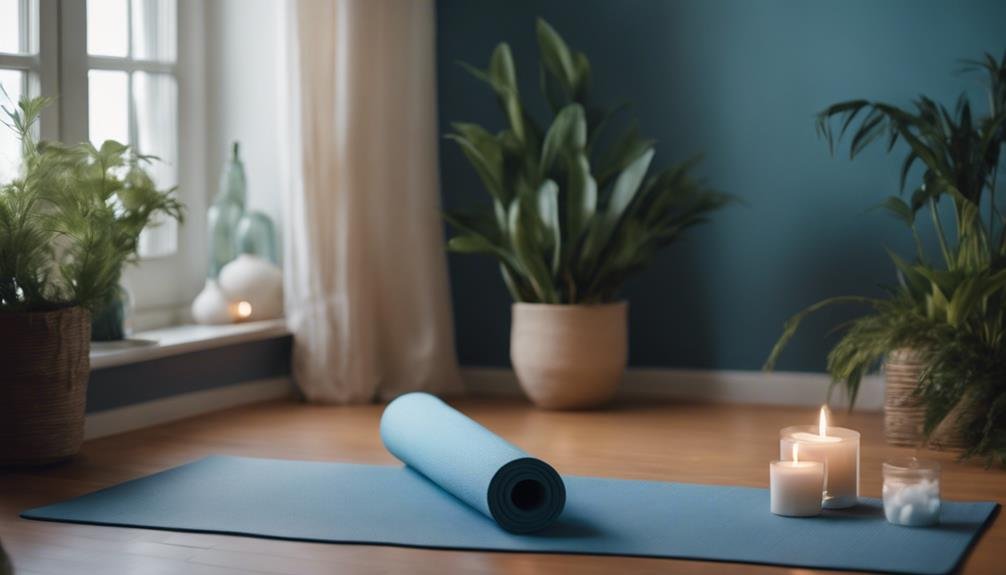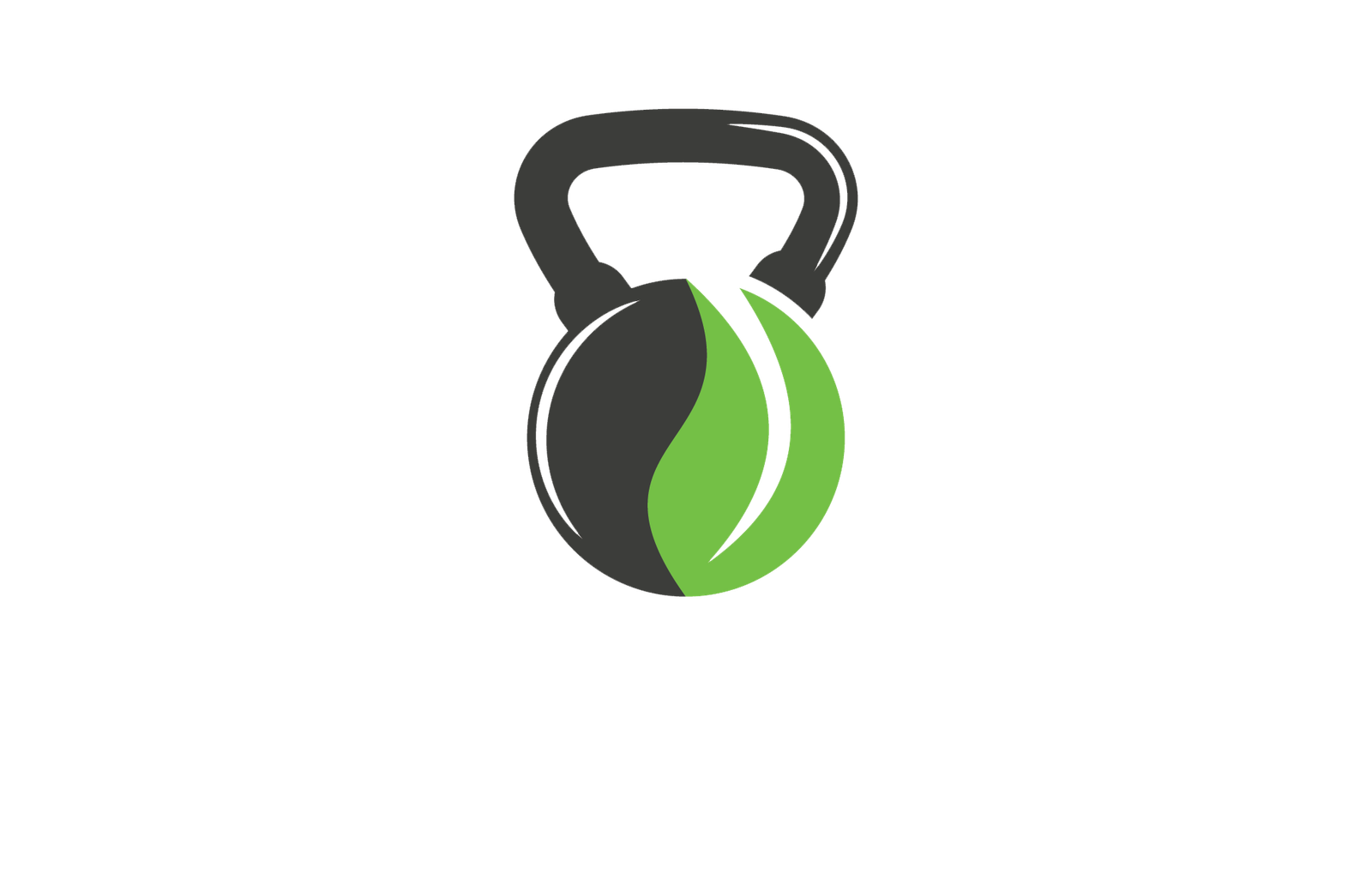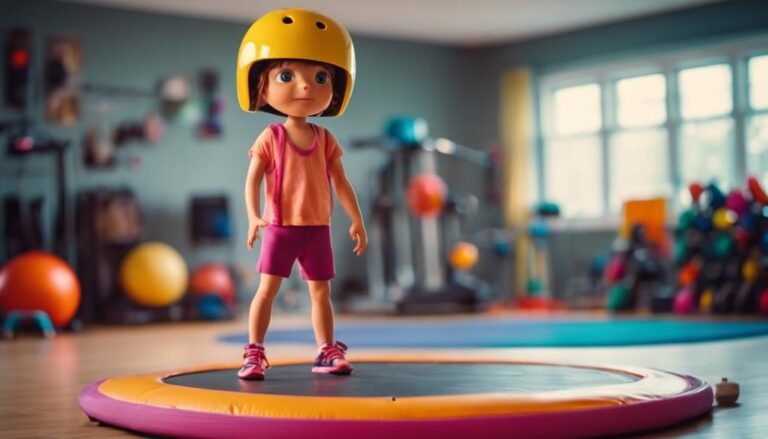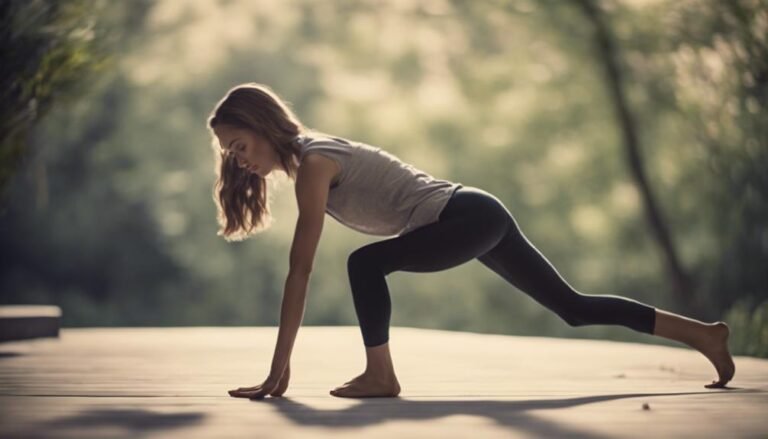Don't miss our holiday offer - 20% OFF!

Yoga Routines for Home Practice: A Comprehensive Guide
Crafting a serene home yoga space and mastering foundational poses is just the beginning of a transformative journey that awaits.
We're excited to embark on the world of home yoga practice, where the comfort of our own space meets the tranquility of the yoga mat. Creating a peaceful environment, free from distractions, allows us to fully immerse ourselves in the yoga experience. With the right props and a dedicated space, we can master foundational poses and flows, relieving stress and promoting relaxation. As we explore further, we'll discover how to manage our time, stay motivated, and track our progress, cultivating a consistent and nourishing home practice that honors our body, mind, and spirit. And, as we move forward, we'll uncover even more secrets to transforming our practice.
Key Takeaways
- Create a peaceful practice environment by setting boundaries, minimizing distractions, and using soothing hues to promote relaxation.
- Optimize natural lighting by positioning your space near a window, using sheer curtains to filter harsh sunlight, and eliminating distractions.
- Use essential yoga props like blocks, straps, and mats to modify poses, maintain proper alignment, and reduce strain on joints.
- Master foundational yoga routines and poses, such as Mountain Pose, Downward-Facing Dog, and Child's Pose, to build strength, flexibility, and mindfulness.
- Establish a morning yoga routine that incorporates essential alignment principles, breathwork, and mindfulness to set intentions and cultivate harmony in practice.
Getting Started With Home Yoga
When we decide to bring yoga into our daily routine, we often start by setting up a dedicated space in our home, free from distractions and interruptions. This intentional act of creating a peaceful environment allows us to focus on our practice and connect with our inner selves. As we begin this journey, we're not just setting up a physical space, but also setting boundaries with our loved ones and technology. By doing so, we're honoring the yoga philosophy of self-care and mindfulness. We're acknowledging that our well-being is essential and deserving of attention. As we commit to our home practice, we're making a conscious decision to prioritize our health and happiness. By establishing a regular routine, we're cultivating discipline, patience, and compassion – all essential elements of the yoga philosophy. As we explore deeper into our practice, we'll discover that the benefits extend far beyond the mat, permeating every aspect of our lives.
Creating Your Ideal Practice Space
As we set up our home yoga practice, we're creating a sanctuary that nurtures our body, mind, and spirit. We're about to transform a quiet corner of our home into a peaceful retreat, where we can focus on our breath, movement, and inner awareness. By thoughtfully designing our practice space, we'll set ourselves up for success and make yoga a sustainable, enjoyable habit.
Dedicate a Quiet Space
We carve out a serene corner in our homes to create a yoga sanctuary, a space where we can retreat from the world and focus on our practice. This peaceful sanctuary is essential for a distraction-free practice, allowing us to fully immerse ourselves in the yoga experience. As we step into this calming ambiance, we can shed our worries and tension, and simply be present. To create this haven, we choose a quiet space with minimal noise and few distractions. We consider the room's layout, ensuring there's enough space to move comfortably and stretch out our mats. We also think about the color palette, opting for soothing hues that promote relaxation. By dedicating this quiet space to our yoga practice, we set ourselves up for success, cultivating a deeper connection with our bodies and minds. In this tranquil atmosphere, we can breathe, move, and simply be, free from the chaos of everyday life.
Optimize Natural Lighting
By positioning our yoga space near a window, we maximize the benefits of natural light, which boosts our mood, energy, and overall practice. As we practice yoga, we're not just stretching our bodies, we're also tuning into our internal rhythms. Natural light helps regulate our Circadian Rhythms, synchronizing our inner clock with the outside world.
Here are some tips to optimize natural lighting in our yoga space:
- East-facing windows capture the gentle Morning Rays, perfect for morning practices when we need a gentle awakening.
- Sheer curtains filter harsh sunlight, creating a calming ambiance that promotes relaxation.
- Avoid direct sunlight during peak hours (usually between 11 am and 3 pm) to prevent overheating and discomfort.
- Mirrors can enhance natural light, making the space feel brighter and more expansive.
- Adjust window treatments according to the time of day and season to maintain a comfortable and peaceful atmosphere.
Minimize Distractions
To create an ideal practice space, let's eliminate distractions that derail our focus, allowing us to dive deeper into our yoga practice and relish the transformative benefits. We're aiming to create a Silent Sanctuary where we can fully immerse ourselves in our practice. One of the biggest distractions is our phone, so let's commit to Phone Freedom. Designate a phone-free zone in our practice space to minimize the temptation to check notifications or scroll mindlessly. We can also silence or turn off our phones during practice to avoid interruptions. Additionally, consider removing any TVs, computers, or other electronic devices that can divert our attention. By minimizing distractions, we can cultivate a sense of calm and focus, allowing us to tap into the true benefits of yoga. Remember, our practice space should be a haven where we can escape the chaos of daily life and connect with our inner selves. By creating a distraction-free environment, we're more likely to stay committed to our practice and reap the rewards of yoga.
Essential Yoga Props for Home
As we set up our home yoga practice, we're realizing that having the right props can make all the difference. We're excited to explore the essential yoga props we need to enhance our practice, and learn how to use them correctly to get the most out of our routines. By choosing the right props and using them effectively, we can modify poses, prevent injuries, and take our practice to the next level.
Choosing the Right Props
We often find ourselves wondering which yoga props are truly essential for a home practice, and how they can help us modify or enhance our routines. As we venture into the world of yoga, we realize that the right props can make all the difference in our practice. From providing support and stability to enhancing our flexibility and alignment, the right props can elevate our practice to new heights.
Some essential yoga props we can't live without:
- Blocks: Perfect for modifying poses, blocks help us reach the floor or maintain proper alignment.
- Straps: These flexible friends help us deepen our stretches or maintain proper form.
- Mats: A good mat provides grip, comfort, and hygiene for our practice.
- Blankets: Soft and gentle, blankets provide extra grip, comfort, and warmth.
- Bolsters: These supportive props help us relax, stretch, and rejuvenate.
Using Props Correctly
By incorporating props into our practice, we can tap into new levels of flexibility, balance, and strength, but only if we use them correctly. To get the most out of our practice, we must understand Prop Etiquette.
| Prop | Benefit |
|---|---|
| Blocks | Helps maintain proper alignment, reduces strain on joints, and modifies poses for beginners |
| Straps | Deepens stretches, improves flexibility, and assists in maintaining proper form |
| Blankets | Provides grip, reduces slipping, and adds comfort during seated or lying poses |
| Bolsters | Supports the body in restorative yoga, promotes relaxation, and reduces fatigue |
When using props, we need to remember that they're meant to assist, not replace, our practice. We should focus on engaging our core and maintaining proper form, rather than relying solely on props. By using props correctly, we can experience the Block Benefits, such as increased flexibility, improved balance, and enhanced overall practice. By incorporating props mindfully, we can take our practice to the next level and enjoy a more fulfilling experience.
Beginner-Friendly Yoga Routines
We're diving into gentle flows and foundational postures with beginner-friendly yoga routines that help us build strength, flexibility, and confidence. As we begin our yoga journey, start with routines that nurture our bodies and minds. At the outset, beginner-friendly yoga routines provide a solid foundation for our home exploration, allowing us to explore our practice with ease and comfort.
Key elements to focus on in our beginner-friendly yoga routines include:
- Breathing techniques: Learn basic pranayama exercises to calm the mind and balance the body.
- Foundational postures: Master simple asanas like Mountain Pose, Downward-Facing Dog, and Child's Pose.
- Gentle flows: Practice slow, controlled movements to build strength and flexibility.
- Mindfulness: Focus on the present moment, letting go of distractions and tension.
- Props and modifications: Learn to use blocks, straps, and modifications to make our practice more accessible and enjoyable.
Foundational Yoga Poses to Master
As we explore the foundational yoga poses to master, we're focusing on building strong foundations that will support our practice for years to come. We'll start by examining the essential alignment principles that make these poses so powerful. By mastering these foundational poses, we'll set ourselves up for success and create a solid foundation for our home practice.
Building Strong Foundations
Mastering foundational yoga poses is essential to establishing a strong, lasting practice, and we're excited to explore the essentials that will help us build a solid foundation. As we venture into the world of yoga, it's vital to focus on building strong foundations that will support our growth and progress. This means developing core strength, which is the backbone of a robust yoga practice. By cultivating mindful movement and awareness, we can create a solid base that will allow us to explore more complex poses and sequences with confidence.
Foundation poses to master:
- Mountain Pose (Tadasana): The foundation of all standing poses, promoting good posture and balance.
- Downward-Facing Dog (Adho Mukha Svanasana): Stretches the hamstrings, calves, and spine, while building strength in the arms and shoulders.
- Cobra Pose (Bhujangasana): Strengthens the back muscles and opens the chest, preparing us for more advanced backbends.
- Seated Forward Fold (Paschimottanasana): Stretches the entire back side of the body, from the shoulders to the heels.
- Plank Pose (Phalakasana): Builds core strength, stability, and control, preparing us for more challenging arm balances and inversions.
Essential Alignment Principles
By focusing on essential alignment principles, we can guarantee a safe and effective practice that honors our unique bodies and promotes long-term wellness. As we venture into the world of yoga, it's essential to master the foundational poses that build a strong foundation for our practice.
Proper posture is key to maintaining a healthy spine, hips, and joints. By engaging our core and maintaining a neutral spine, we create space for our breath to flow freely and our energy to circulate efficiently. This, in turn, enhances our body awareness, allowing us to tune into our inner wisdom and honor our physical limitations.
As we cultivate body awareness, we become more attuned to our inner landscape, recognizing areas of tension and imbalance. This increased sensitivity enables us to make subtle adjustments, refining our alignment and mitigating the risk of injury. By integrating these essential alignment principles into our home practice, we'll experience a deeper connection with our bodies, fostering a sense of trust, confidence, and harmony.
Building a Morning Yoga Routine
We begin our day with a morning yoga routine that sets a positive tone for the hours ahead, connecting our bodies and minds in a gentle, intentional way. As we rise with the sun, our practice awakens our senses, breath by breath, and movement by movement.
To create a meaningful morning routine, we consider the following elements:
- Morning Mantras: We start with a gentle chant, setting an intention for the day ahead. This mindful moment centers us, quieting the mind and awakening the heart.
- Sunrise Sequences: We flow through a series of gentle stretches, honoring the body's natural rhythm. As the sun rises, so do our spirits, filling us with energy and liveliness.
- Breathwork: We focus on the breath, using conscious inhales and exhales to calm the nervous system and awaken the senses.
- Mindful Shifts: We move slowly, smoothly, and intentionally, honoring the connection between body and mind.
- Gratitude Practice: We take a moment to acknowledge the blessings in our lives, cultivating a sense of appreciation and gratitude.
Yoga for Stress Relief and Relaxation
As we explore our yoga practice, we turn our focus to calming the storm of stress and anxiety, embracing gentle postures and mindful breathing to soothe our minds and bodies. We've all been there – feeling overwhelmed, tense, and exhausted. That's where yoga for stress relief and relaxation comes in. By incorporating specific breathing techniques, such as alternate nostril breathing and box breathing, we can calm our nervous system and quiet our minds. Restorative yoga is another powerful tool in our stress-relief arsenal. By using props to support our bodies in relaxing postures, we can fully let go and recharge. As we practice, we start to notice the physical and emotional benefits – our shoulders relax, our breath deepens, and our minds clear. We feel more grounded, more centered, and more at peace. By weaving these stress-relieving practices into our daily routine, we can cultivate a sense of calm and tranquility that stays with us long after we roll up our mats.
Intermediate Yoga Flows for Home
Ready to build strength, flexibility, and endurance, we initiate intermediate yoga flows tailored for home practice, where we can challenge ourselves and refine our skills in the comfort of our own space. As we progress in our yoga journey, we're anxious to dive deeper into more complex Vinyasa sequences that test our limits and push us to grow. A well-curated yoga playlist can make all the difference in setting the tone and tempo for our practice, helping us stay focused and motivated.
Some essential elements to incorporate into our intermediate yoga flows at home:
- Balancing postures: Incorporate challenging balance poses, such as eagle pose or tree pose, to improve our overall balance and stability.
- Core-strengthening exercises: Engage our core muscles with poses like boat pose or side plank to build strength and stability.
- Hip openers: Incorporate deep hip-opening poses like pigeon pose or hanumanasana to increase flexibility and range of motion.
- Inversions: Gradually introduce inversions like headstands or shoulder stands to build confidence and strength.
- Breathwork: Focus on conscious breathing techniques to calm the mind and tap into our inner strength.
Managing Time for a Consistent Practice
Finding time to practice yoga at home can be a challenge, especially when our daily schedules are already packed with work, family, and social commitments. However, we've found that with a few simple strategies, we can prioritize our yoga practice and make it a consistent part of our daily routine.
One of our favorite scheduling hacks is time blocking. By dedicating a specific time slot each day to yoga, we can guarantee that it doesn't get pushed to the backburner. We like to schedule our practice first thing in the morning, before the day gets busy. This way, we can start our day feeling centered and energized.
Another trick we use is to break our practice into smaller, manageable chunks. Instead of trying to fit in a 60-minute practice, we'll do 20-30 minutes in the morning and another 20-30 minutes in the evening. This not only saves time but also helps us stay focused and avoid burnout. By incorporating these simple time-management strategies into our daily routine, we can maintain a consistent yoga practice that nourishes our bodies, minds, and spirits.
Staying Motivated and Tracking Progress
Our yoga mats can become dusty relics of good intentions if we don't find ways to stay motivated and track our progress. It's easy to fall into a routine of inconsistent practice, but with a few strategies, we can stay on track and continue to grow in our yoga journey.
To stay motivated, we've found the following tips to be helpful:
- Find an accountability partner: Share your goals and progress with a friend or family member and ask them to hold you accountable.
- Set personal challenges: Identify areas you want to improve, such as increasing flexibility or mastering a new pose, and work towards achieving them.
- Track your progress: Take progress photos, keep a yoga journal, or use a mobile app to monitor your practice.
- Reward yourself: Give yourself a treat or reward for reaching milestones or completing a certain number of practices.
- Mix it up: Try new styles, poses, or sequences to keep your practice fresh and exciting.
Frequently Asked Questions
Can I Practice Yoga at Home if I Have Chronic Back Pain?
"We understand that chronic back pain can be debilitating, but yes, we can still practice yoga at home! We recommend starting with gentle flow routines and modifying poses to prioritize pain management and comfort."
How Often Should I Practice Yoga to See Noticeable Results?
"Let's be real, we've all been there – expecting overnight flexibility miracles. But honestly, we've learned that yoga frequency is key. We find that practicing 2-3 times a week, consistently, is when we start to notice those wonderful, subtle changes."
Can I Modify Yoga Poses to Accommodate My Pregnancy?
'We totally get it, pregnancy can be challenging, so yes, we can definitely modify yoga poses to accommodate our pregnancy, using prenatal modifications and adapting pregnancy postures to guarantee a safe and healthy practice.'
Are Online Yoga Classes as Effective as In-Person Classes?
We find online yoga classes can be just as effective as in-person classes, offering virtual accountability, live feedback, and personalized attention, although we sometimes miss real-time corrections from an in-person instructor.
Can Yoga Help Me Lose Weight and Improve Overall Fitness?
As we explore the connection between yoga and weight loss, research suggests that yes, yoga can help us shed pounds and boost fitness, particularly with slow-burning, calorie-shredding styles that get our hearts racing and muscles pumping.
Conclusion
As we conclude our thorough guide to home yoga practice, we're reminded that consistency is key. Did you know that just 10-15 minutes of yoga practice daily can increase feelings of calm and reduce anxiety by 30%? By incorporating these routines and tips into our daily lives, we can cultivate a deeper sense of well-being and mindfulness. Stay committed, stay motivated, and watch your practice flourish.



